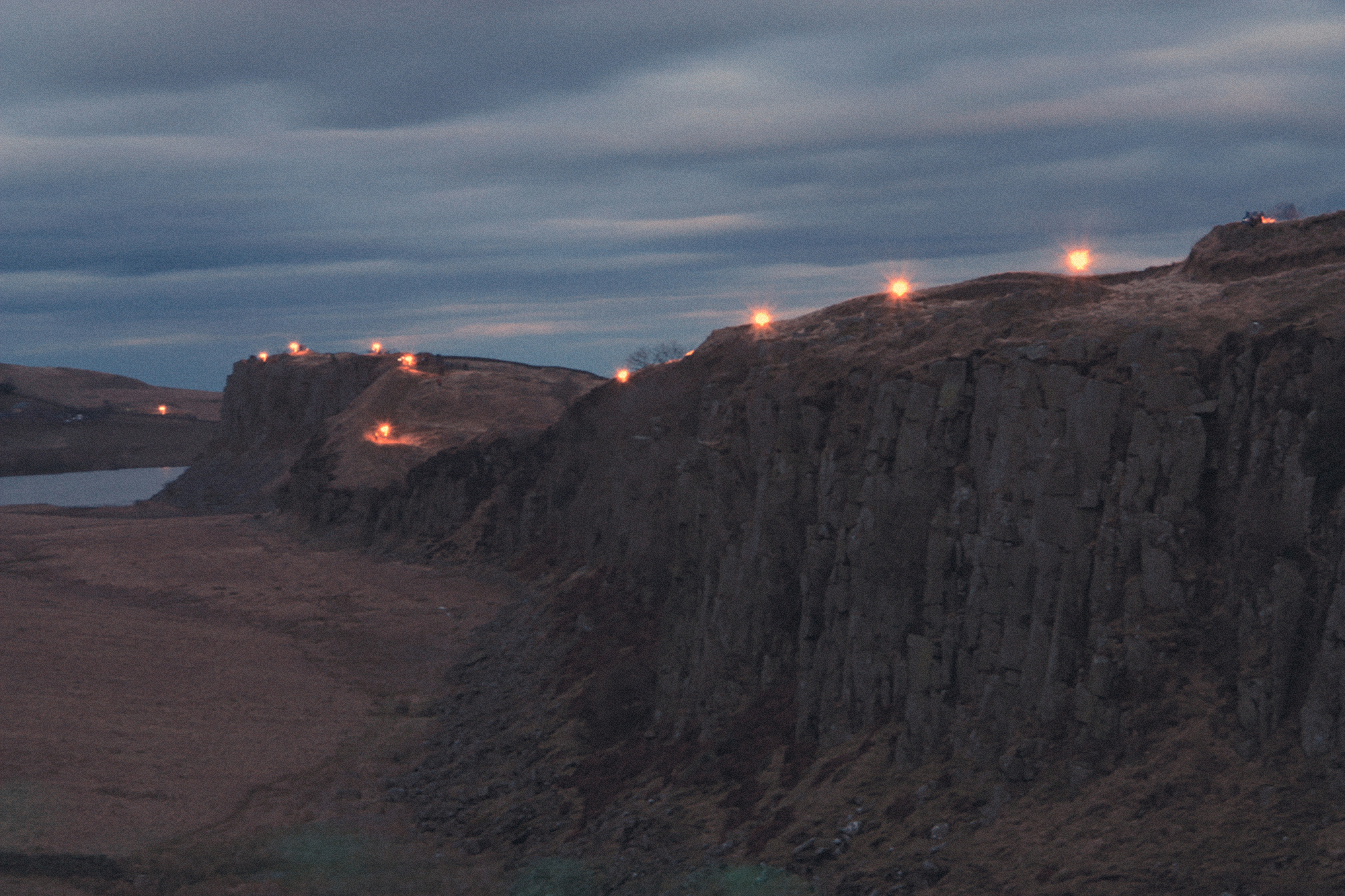For some artists, bigger is better. But who can afford to size up?
At the Pompidou Centre exhibition dedicated to Niki de Saint Phalle, Jean Tinguely and Pontus Hultén (housed, due to the main building’s restoration, in the Grand Palais, the show’s coproducer), the main exhibit is missing.
The elephant in the room is de Saint Phalle’s Hon (1966), a massive hollow sculpture commissioned by Hultén and originally populated by her partner Tinguely’s kinetic works, as well as work by Per Olof Ultvedt. Of this iteration of de Saint Phalle’s Nanas – her trademark colourful, abstract female bodies, this one so big that spectators could walk through it and watch films in its internal mini cinema – only the disproportionally tiny head and several small pieces of the carapace remain. This didn’t happen because of some disaster. This literally major piece of feminist art was deliberately destroyed. The reasons are unclear but the publication Hon – a history (1967) states, ‘Her destruction was not undertaken because it was the only way to let her out, but simply because it was part of her destiny’ – neatly circumventing the problem of the practicality of keeping ‘her’.

Size in art is a political factor. Practitioners who can’t afford not only the initial cost but the price of transport, storage and maintenance are more likely to decommission large work, give it away, leave it to moulder.
UK-based artist Isabella Streffen has worked across media and scales on projects that range from literally gilding lilies to illuminating the length of Hadrian’s Wall. “The scale and size of the work are what it needs to be, and that’s what I’m driven by,” she tells me. Her installation Hawk & Dove (2012), in which two 2.7m zeppelins (powered by homemade prototype drones) were let loose to roam inside the US Library of Congress, cost “about $30,000 plus the initial residency costs of about 10k”. She raised the money from a combination of funding from the Arts & Humanities Research Council, Arts Council England and the DC Commission on the Arts & Humanities: “They said yes because they didn’t think I’d find the money, and I did.”
What happened when the work was finished? It was destroyed and recycled because, Streffen says, “I couldn’t afford to keep it!” Parts “ended up incorporated into undergrads’ work” (Streffen also teaches at De Montfort University, in Leicester). Recycling is good, but this leaves her, like de Saint Phalle, unable to ever reshow the original work.
Why does this matter? Certain types of commissioners love largescale art. Commercial sponsors like to see something for their money, often the bigger the better, but even commercial funding can seldom produce large projects alone. “To work on something at scale and complex like illuminating Hadrian’s Wall costs hundreds of thousands and enormous amounts of people power – a whole organisation bent to delivering it,” says Streffen. “I haven’t done much largescale stuff lately,” she adds. “There’s no funding. UK state arts funding is among the lowest per capita in Europe: Warwick University’s 2024 ‘State of the Arts’ report discovered it was 44 percent lower than the average across the continent.
In this situation, what can artists working at scale do? The first edition of the new Artists’ Drawings magazine – on sculpture – focuses on ‘how drawing can be used to develop and articulate ideas’, rendering, in print, drawn versions of physical works that have never been made, or that can’t be shown in their original form due not only to the cost of creation, but logistics. One of the featured artists, Laura Fitzgerald, makes largescale work in Ireland in “a large leaky shed surrounded more often than not by sheep and their associated shite,” she tells me. “Moving this work off the island feels impossible due to transport costs,” Fitzgerald says, “but projects such as Artists’ Drawings allow for a dissemination of this kind of work in a more portable form.”
It’s ironic to note that in ‘her’ destruction, the portable remnants of Hon became more commercial, if at a different scale: collectible, saleable and friendly to a range of smaller exhibition spaces, but something of feminist history was downsized and dispersed. The work was given a place of honour at the retrospective WACK! Art and the Feminist Revolution at MoMA PS1 in 2008, but only as a photo.
